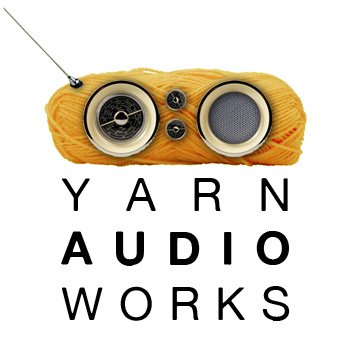When the film starts, the producer logos start to appear, and so does the overwhelming sensory experience of seeing The Void. Its destabilizing and, frankly, unnerving effect on the viewer is considered. It's carefully deployed throughout this insane ride of a cinematic experience. We're instantly plunged into a disorientingly violent, gushy, squelchy journey that starts out against a beautifully detailed if quotidian landscape and ultimately delivers us onto a landscape that is anything but run-of-the-mill.
Every element of The Void has been crafted by its filmmakers with the utmost attention to detail. We have to assume that as with the best films, regardless of genre, every choice is intentional. Nothing in the frame has escaped the eye of the director, the cinematographer, the production designer. But as you're watching, of course, you ask yourself, What is it? Because I don't think we're really sure as the pieces begin to fall into place. I'm not sure we can even really be sure what it is when we get to the conclusion.
But that’s cosmic horror. And we are firmly in Lovecraft country here. Throughout the history of cinema, starting in the second half of the 20th century, there was an enormous range to the quality of filmic interpretations of the work of Lovecraft. And to deliver to an audience the kinds of, large air quotes, “Eldritch horrors” that he dreamed up requires a fabulous imagination and more than a little cutting-edge technical acumen. And from the 60s, 70s, 80s, 90s, all the way through today, I could cite examples of Lovecraft-inspired films or Lovecraft adaptations that are done really well given the constraints of the times in which they're made, and I could cite a whole bunch that have fallen a little bit short.
Starting in the 1960s, filmmakers like Roger Corman started to explore Lovecraft and Lovecraftian ideas on film. Corman made The Haunted Palace, which you might take from the title is as much Poe as it is Lovecraft, but it also has Vincent Price. So what Corman lacked in budget, he made up for in sardonic foppery. In the 1970s, The Dunwich Horror with Sandra Dee and Dean Stockwell and Sam Jaffe is one of my favorites. That one certainly feels like a piece of, again, big air quotes, “weird fiction.” The aural and visual vocabularies of it are totally psychedelic, but it lacks the punch from a contemporary point of view that something like The Void delivers. And for every Castle Freak or The Unnameable or Reanimator, which is not so much scary as it is just a hell of a lot of fun, there's something like Lurking Fear or Dagon that I think doesn't quite succeed in the same ways.
Among the ones that do succeed, there's a wide swath of Lovecraftian subiect matter that's explored. We have something like Chapelwaite from 2021 with Adrien Brody and Emily Hampshire, which contains a lot of scuttling behind the walls of a 19th century mansion, to things that are wet and itchy and hallucinatory, like the madness we get when Nicholas Cage gets transmuted by the Color Out of Space. I wonder what a film like The Dunwich Horror would have been like if it had been made by Jeremy Gillespie and Steven Kostanski. I wonder if a film like Color Out of Space would have been realized in the same way if it hadn't been for filmmakers like Gillespie and Kostanski. Because these guys, with their crew of designers and actors, are more than capably bringing their vision to life — at least from my point of view as an audience member — they're doing it masterfully, and also practically.
And I mean that in the sense that the special effects that we're totally thrilled by aren't the digital ones in this film. They're the ones that are made by hand from latex and methyl cellulose goop and hair and acrylic, the ones that are operated by puppeteers and require performance to pull off.
The spirit of Lovecraft is not the easiest one to evince. And when we see someone in what might be a hazmat suit with a weird visor, we're probably more conditioned to expect some government agent erasing the traces of some viral outbreak more than a cultist trying to bring about the apocalypse by opening a wormhole to the intersection of time and space. And it's those kinds of like contemporary associations that the writers and directors anticipate and flout here to shockingly effective degree.
Also, we're in a location whose aesthetic direction brings to mind Haddonfield in Halloween, more so than one that erases your mind with a catalog of indescribable madness from beyond, which is basically what The Void does by the time it's over.
Once The Void takes root, takes hold, it gets into the heads of the characters, and it gets into ours.
I picked this because it's Lovecraft, but it's also crafted with love.
To hear our episode on The Void, click here.
Bradford Louryk

